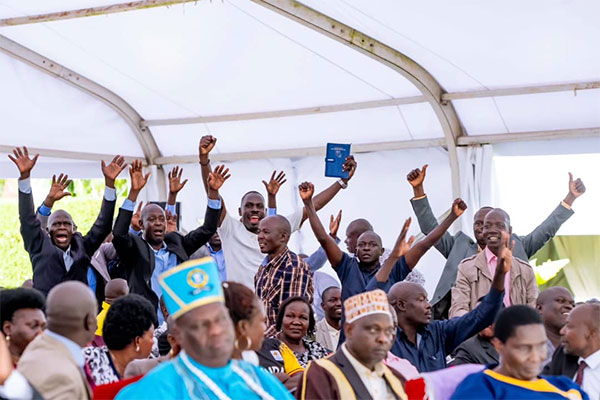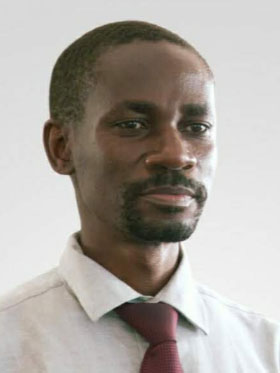
COMMENT | Olowo Jerome Stowell Jasilwanyi | For a long time, the smell of the death of Tororo has been bothering my spirit, only for me to receive news this week that a meeting of our elders with the president at the State House, Entebbe had confirmed my worst fears. Tor’Oro, the only historical and spiritual home of the Jopadhola, would be no more, said the announcement.
Tororo, one of the original districts, would be no more the news said. In its place we got a so called “NEUTRAL” Tororo City, Mukuju district, Mulanda district and a nameless district that should not be named Tororo, because Tororo is no more!
Historically, the Jopadhola secured Tororo through wars, peace treaties and/or collaborations. Everyone else just came in like all other numerous tribes that joined the Jopadhoa in their land. (see An abridged history of Padhola, 1500 – 1999 by Prof. P.G. Okoth & Dr. Yokana Ogolla)
It is on record that the Iteso, who in my view have now been given the city called Tororo, and a district as a bonus, actually come in about 200 years after the settlement of the Jopadhola in Tororo.
Majority of them actually came much later from Mumias in Kenya and settled mainly along the border with Kenya. The colonialist understood this fact and that is why they had West Budama and East Budama which was erroneously later renamed Tororo County.
Information I have has it that the London map which was purportedly used to determine the location of the municipality, still bears EAST BUDAMA. Unfortunately this fact was not used to guide this week’s decisions.
A photograph of people from one section celebrating the news, and others from another looking on in surprise, summarizes the dilemma that needs to be resolved, to stop what will be a historical injustice.

Even a close look at East Budama (aka Tororo County), shows it is occupied by Jopadhola, Iteso, Bagisu, Bagwere, as well as some Basoga. There is no tribe that boasts of having more than 50% of the area.
It should be noted that the Jopadhola coined the word Tororo from from two Adhola words, “Tor” (which means mist) and “Oro” (year), put together we get Tor-Oro (Tororo). There were times in a year that for or mist form around the rock and the Jopadhola referred to these times as Tor-Oro, hence the name TORORO.
The rock was always looked at as the reference point for the Jopadhola to find their way and map their land.
Interestingly, the Jopadhola had a peace treaty with many visitors, including Bagisu. Molo was named after the Rangang’ clan (my clan) great grandfather, OMOLO. The Ragang’ group came through Bugisu, first settled in Molo, moved to Merikit some settled there and the rest moved to Paragang’ in Paya.
However, in spirit of peace and inclusion the Jopadhola don’t have problem painfully conceding to creation of Mukuju district but don’t AGREE to a tribal district and intent to KILL Tororo.
To the Jopadhola Tororo is not just a name, it is their land, their heritage and ancestry.
Caving out a “Teso” district in Padhola (East Budama) has created a bad precedence; any tribe living in another territory now has the audacity to seek autonomy based on this tribal appeasing and marginalization so long as they have a political leverage.
Padhola has very many wisemen and elders. Now is the time for them to meet urgently, to think through these developments and advise the country on the best way forward.
*****
 Olowo Jerome Stowell Jasilwanyi is the current Vice President of the Uganda Society of Architects and a resident of Tororo County
Olowo Jerome Stowell Jasilwanyi is the current Vice President of the Uganda Society of Architects and a resident of Tororo County
 The Independent Uganda: You get the Truth we Pay the Price
The Independent Uganda: You get the Truth we Pay the Price




Jerome,
“Caving out a “Teso” district in Padhola (East Budama) has created a bad precedent; any tribe living in another territory now has the audacity to seek autonomy based on this tribal appeasing and marginalization so long as they have a political leverage.”
Yours is a very interesting observation. Traditionally welcoming tribes and especially in attractive geographical locations in Uganda must make note of this precedent. To avoid future mayhem, we need to establish a system that avoids the possibility of victimizing well meaning host tribes. First step would be to stop these ad hoc decisions.
CABBA